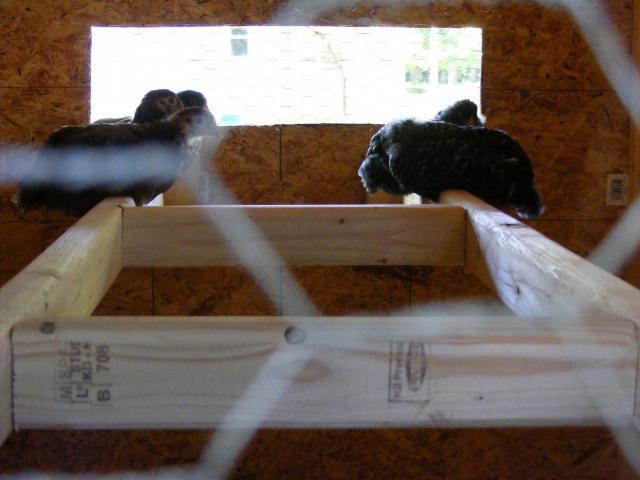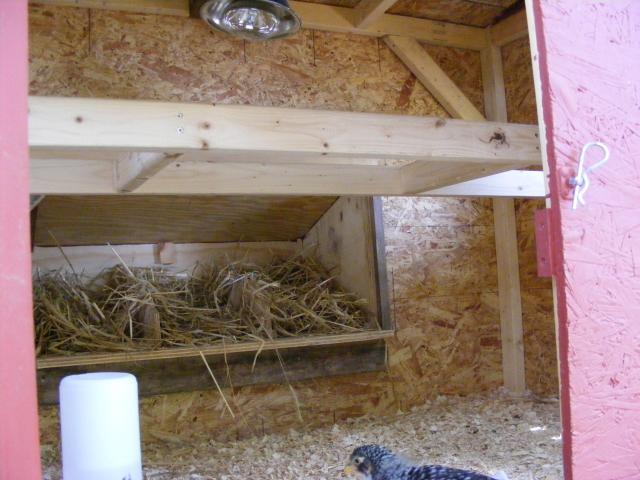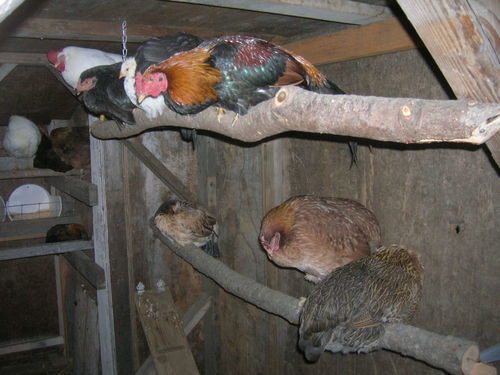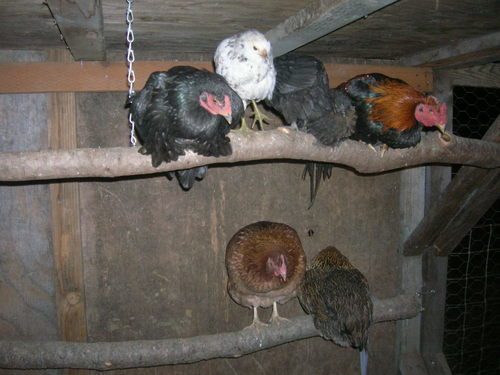Quote:
I have a branch in my run that is about 1 1/2" at one end and maybe 2" or so at the other. I call it their 'day roost' because a lot of times during the afternoon they will roost there for a little siesta. But their roost in their coop is made from 2x3s with the edges rounded over.


I have a branch in my run that is about 1 1/2" at one end and maybe 2" or so at the other. I call it their 'day roost' because a lot of times during the afternoon they will roost there for a little siesta. But their roost in their coop is made from 2x3s with the edges rounded over.






